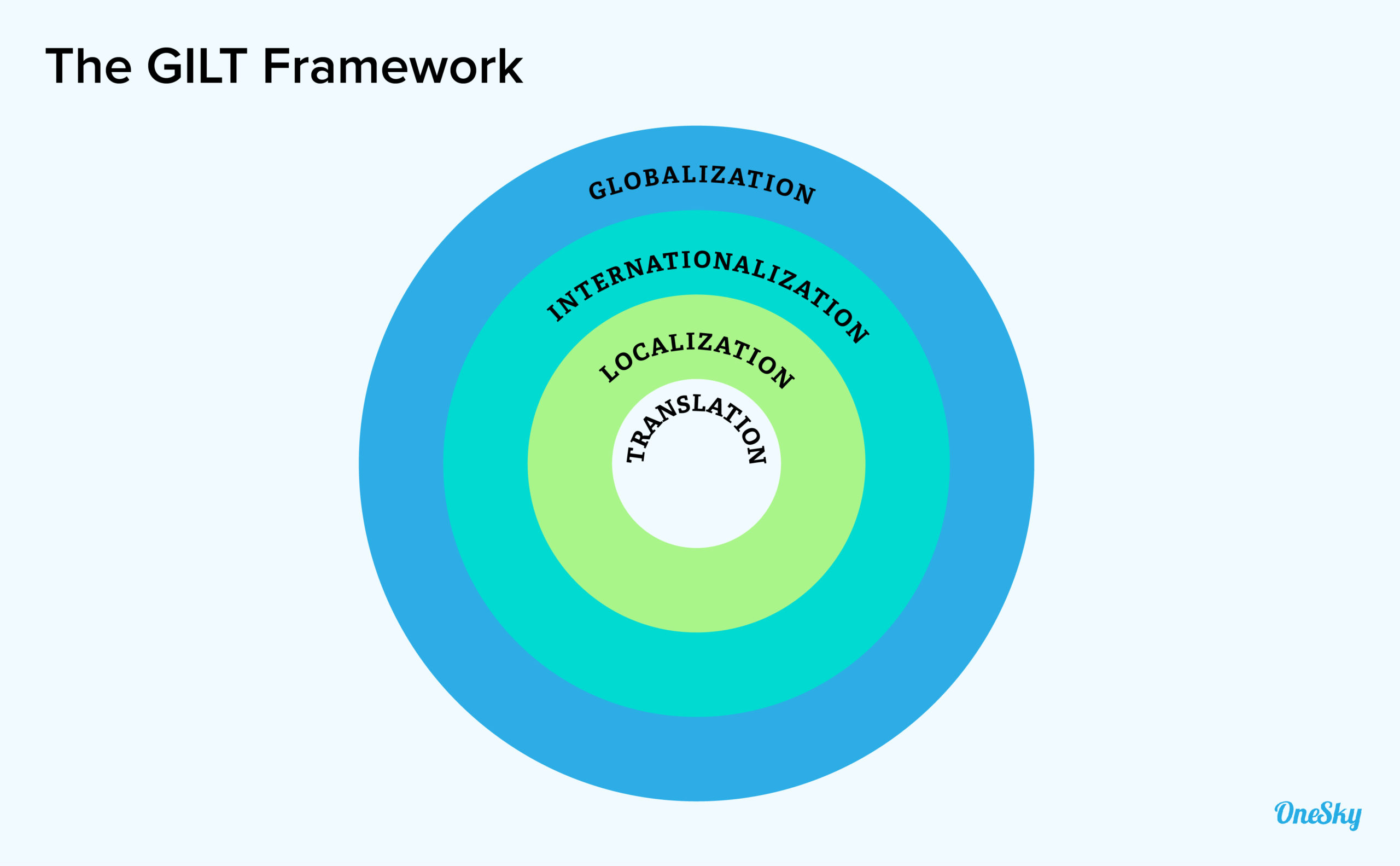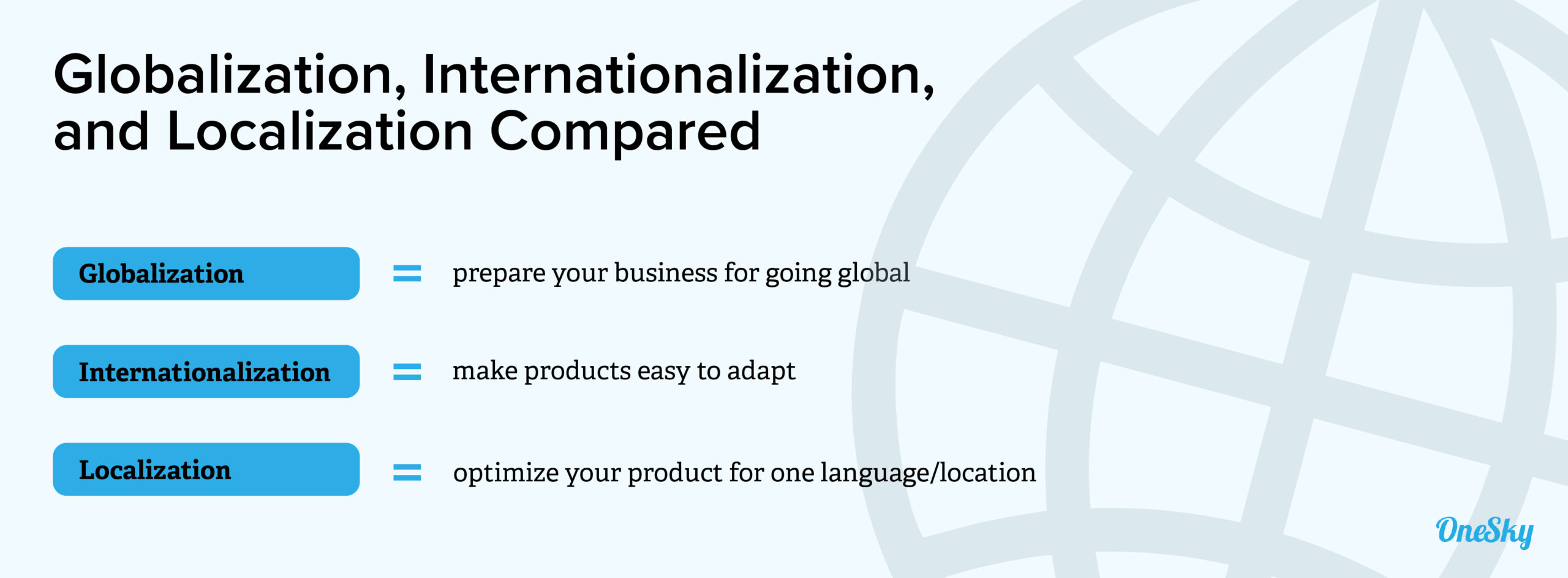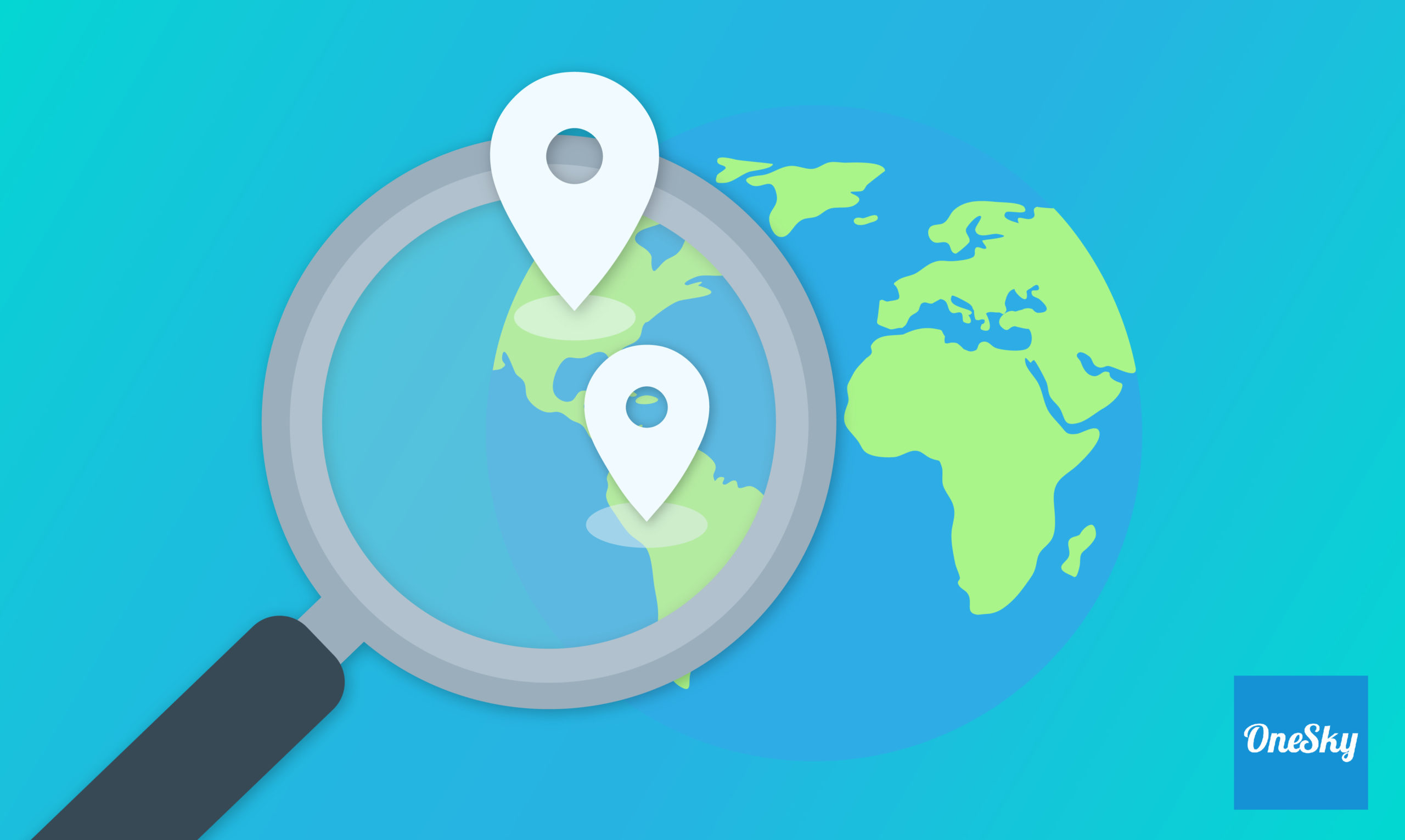Globalization vs Internationalization vs Localization: What Is the Difference?
When most entrepreneurs start a new business, they dream of one day going global. Thanks to technology, that is more likely now than ever before. In fact, many small businesses rely more on custom from the other side of the world than in their local community.
Of course, with this opportunity comes competition. When you’re up against similar companies from various countries, it’s essential to treat every market you enter with the same level of consideration.
There are many different ways to describe this approach to business and the process of adapting to new markets — localization, internationalization, globalization, and so on. But what do these terms actually mean?
We decided to take a closer look at the terminology of going global.
The GILT Framework
There are essentially four parts to optimizing any business for different regions: globalization, internationalization, localization, and translation. Together, they are often referred to as GILT.
When you think about the GILT framework, it’s best to imagine a hierarchy.

Globalization contains internationalization, which enables localization. In turn, translation is a part of localization. Be aware, however, that the distinctions between each term can be blurry. This is particularly true if you compare different industries.
What Are g11n, i18n, and l10n?
If you’re wondering what these short codes are — they are called numeronyms.
They are simply a contraction of a word, often used in development. The first and last letter are kept intact, and all the letters in between are added up and represented by the sum total figure.
For example, globalization is reduced to g11n. If you have to mention this topic regularly in emails and messages, the numeronym can save a lot of keystrokes!
Now, let’s examine the full-length terms one by one.
What Is Globalization (g11n)?
As the name suggests, globalization (g11n) is about preparing your business to connect with customers in new markets around the world. The term covers everything from strategy and research to everyday operations.
Globalization touches all levels within your business. Executives have to set the wheels in motion and make key strategic decisions. Sales and marketing teams need to adapt their approach or be divided between different locations.
HR needs to be ready to hire in multiple regions, and product teams may need to create several designs to suit different cultures.
Each department needs to have a clear plan of action for how they will operate in new regions.
In the context of web and software development, globalization refers to all aspects of optimizing a website or app for new languages and locations. This includes translation and internationalization — more on these later.
If you have any notion of entering foreign markets, it’s important to adopt the globalization approach as early as possible. All too often, startups create processes that only work in one market.
By thinking ahead, you can build a business model and write code that will allow you to thrive anywhere.
Case Study: Netflix
An excellent example of how globalization can power a business can be seen in Netflix. This entertainment platform delivers TV shows and movies to viewers in 190 countries around the world.
No matter where you’re watching from, the Netflix experience remains consistent. However, the platform feels native for every major language and the content library is curated for each region.
Just as importantly, Netflix uses different marketing strategies for every market and uses international data to inform decisions on production. As a result, we have seen series like The Platform and Money Heist go viral around the world — with slightly different titles in each market, of course.
By embracing globalization, Netflix has become the dominant player in subscription video. In 2020, the company generated a colossal $25 billion in revenue. That simply wouldn’t have been possible without a strong worldwide presence.
What Is Internationalization (i18n)?
While globalization refers to an entire business or development process, internationalization (i18n) is specifically about optimizing your products and services for going global.
In other words, it’s about designing something that can easily be adapted for any language and culture.
A good example of internationalization is IKEA’s famous pictorial assembly guides. Rather than writing out instructions that need to be translated, the Swedish furniture maker produces clear diagrams instead.
McDonalds provides another real-world example. This fast-food giant operates in 118 countries; instead of creating something unique for each location, the company uses a menu that can be adapted to taste preferences around the world.

In coding, internationalization covers both technical aspects and content within your website or software.
To ensure the finished product can be adapted for different markets, developers consider many variables. These can include:
- Languages– They may differ in the amount of room required in the interface, and some read in different directions
- Scripts and characters– Many languages have accents, and some have symbols instead of letters
- Date and time formats– The way they are presented is different around the world
- Hardware – Cell phones are generally more prevalent than computers and tablets in many developing nations
- Interface design– Icons and colors can mean something different depending on where the user is based
Once again, thinking about internationalization at an early stage in development is a good move. Designers can use placeholders instead of content from a specific language, and programmers will avoid writing content into the source code.
Taking these steps will make it considerably easier to localize your product, even if that comes many years later. You can think of it as a long-term investment in the growth of your business.
What Is Localization (l10n)?
The process of adapting your product or service to a particular market is known as localization (l10n). If you did the internationalization part right, this should be a walk in the park!
Of course, the reality is that localization takes just as much thought as the other processes we have mentioned so far. Once you have finished, your product or service should come across as native to your selected region.
Translation (t9n) plays a vital role in this transformation, but it’s not the only component of effective localization. The process should also include adaptations for cultural differences — in language, humor, popular culture, and other areas.
In general, localization focuses on locales rather than languages. A locale is a language and location pairing, such as USA-English or Brazil-Portuguese.
While it’s possible to use standardized versions of each language, your users will lose that home-grown feeling.
The Localization Process
Unless you happen to have some experts on your team, it’s generally more effective to outsource localization. This skill takes a lot of experience, and localization professionals are likely to understand your industry better than an in-house translator.
While the process varies, localizing a website, app, or game usually involves the following steps:
- Create a Strategy– You should prioritize markets based on your potential for growth, and create a clear plan for implementing each locale (incl. choosing a service provider)
- Prepare Your Files– You will either need to extract content from your site or upload strings/text files to your localization platform; some solutions (like OneSky) can import content automatically through an API
- Translation and Localization– While this will mostly be handled by the professionals, they will need some context in order to provide the perfect translation
- Integrate Your Translations – Most localization platforms allow you to download translations in the same format you uploaded them in; OneSky also provides delivery through an API or plugin
- Localization QA and Testing– It is wise to check your translations, and test your site or software to ensure the converted content has not caused any bugs
It’s worth remembering that you may need to repeat some parts or all of the process when you update your product or service.
For this reason, you will probably save time by using an end-to-end solution with a translation management system (TMS) built in.
Globalization vs. Internationalization vs. Localization
Every stage of the GILT framework can play an important role in helping your business grow outside your home market.
If you need a reminder about what the different terms mean, here is a quick recap:

The importance of these processes shouldn’t be underestimated. Even if your business is only operating on a local basis at present, it is worth adopting a GILT mindset.
The potential benefits can include:
- Entering new markets more easily
- Reaching more potential customers
- Providing a better customer experience
- Generating more revenue
- Making your company more adaptable
For a small business or newly-founded startup, thinking about global strategy might seem like overkill — but the potential advantages prove otherwise.
It’s worth remembering that the top dogs in every industry have embraced these processes. If you want to follow in their footsteps, you should probably embrace GILT, too.
Localization Solution
Thinking about localizing your website, app, product, or service? OneSky provides an end-to-end solution that will help you get to market faster and with less hassle.
Our platform offers access to professional localization experts covering 50 languages, with easy translation management and an automated workflow.
Sign up free today to give it a try!



 Written by -
Written by - 


 Written by
Written by 


